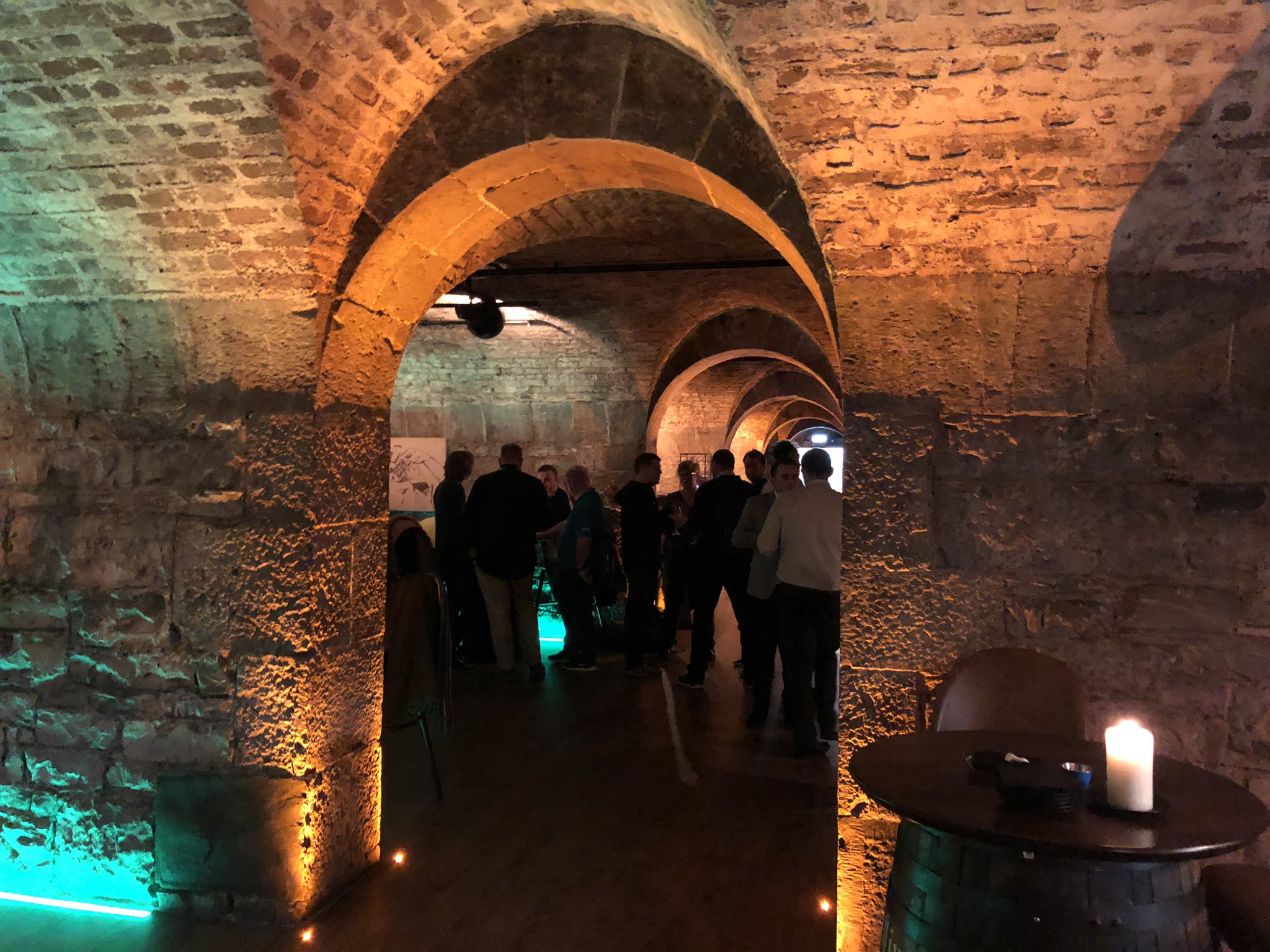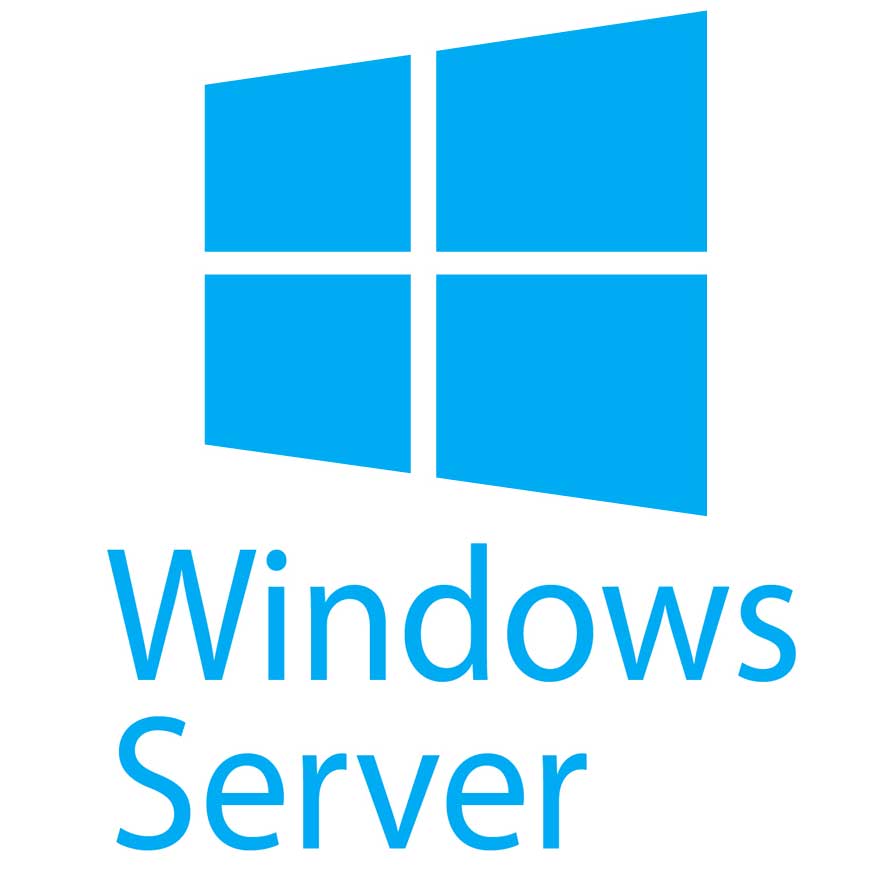Speaker: Jeff Woolsey
Azure
Hybrid is a first-thought thing in MS. It’s not bolted on. How do they make Azure one-click away for customers who need to connect.
Azure Pillar #2 is hybrid. Windows Server 2019 pillar #1 is Hybrid.
Admin Center
1.7 million servers under management since it launched a few months ago. All new features in Windows Server are in this free download. MMC development has stopped. It’s also the portal to hybrid. Feedback driven evolution. Partner solutions built in – Fujitsu and DataON for hardware management highlighted. SquaredUp SCOM and Azure monitoring highlighted. RiverBed highlighted too. HPE is in development (looks limited compared to Fujitsu and DataON). Lenovo has something coming too. No mention of Dell/EMC who are stuck in the 1990s 
Still a place for System Center – bare metal deployment, application monitoring, etc.
Hybrid
The Azure Network Adapter. If you have a machine in an isolated location that needs to connect to an Azure vNet then one click in Admin Center and it creates a point-to-site VPN connection to an existing gateway. ASR is a one-click replication. Azure Backup now can be enabled on WS2012+ without installing MARS via Admin Center. W2008 R2 still requires a manual MARS installation. Very simplified deployment for file/folder and system state backup from the OS.
Azure Update Management
Extending Windows Update management from Azure to on-premises. This was a very complex deployment in the past. But through Admin Center it’s a short wizard.
Storage Replica TO Azure
This is in preview. You create a VM in Azure via Admin center, join it to a domain, etc via Admin Center. That’s the target. Then replication magically happens – didn’t see the required networking piece here so it might be a bit of an over-simplification.
Hyper-Converged Infrastructure
Hyper-converged is a play in server hardware modernisation – performance, security, support, etc. A video from Lenovo on their XClarity server management solution, that also integrtes into Admin Center – in preview today.
Storage Class Memory
Flash first came by USB. Then it moved to SAS/SATA. Then to PCI. Then NVMe to make it faster. Moving closer to the processor to reduce latency and increase performance. Storage Class Memory is next to the processor in a DIMM socket. It can be configured to look like storage, memory, or a mix of both. Can be an “insanely high speed cache”.
Demo on HCI by Cosmos Darwin. Previous demo in 2016 was 6.69million IOPS from 16 servers. This year they tested with Intel hardware (Optane) to get more performance. They deployed 12 nodes running with just these drive (2 per node) s for caching and NVMe for capacity. Also used future version Xeons. 100 TB of usable storage with free PCI slots and drive bays. The caching devices are striped at the memory controller level. Each NVMe is 8 TB each. They fire up VMs on one node and hit 1 million IOPS. Turn on node 2 and hit 2 million IOPS. Then they power up all 12 nodes VMs and hit 13 million IOPS from 24 U of servers. The growth was linear.
System Insights
- Via Admin Center
- Predictive capabilities for Windows Server 2019 locally on the server.
- Predictive analytics
- In the charts, it shows historical metrics, and projects how this will continue into the future.
- Suggested actions, e.g. Extend volume Azure File Sync, Disk cleanup
- Transform reactive emergencies into proactive management experiences.
Storage Migration
Customers find moving data to be hard. Means that old OS versions are hanging around. Need data to move, shares to move, folder/share ACLs, EFS, IP address, computer naming, etc must be possible to move. Storage Migration Service allows you to move data to Azure or file servers. It has support back to W2003 and up to WS2019 as a source. It inventories the source server. It then copies the data over to target server. Cutover hides the source server, freezes it, and transfers names/addresses to the new server so it becomes the active file server. You can export a CSV file with a log of every file transfer transaction with all the file attributes.
Azure File Sync
Modernize the file server to give it virtually bottomless capacity in Azure. 100 TiB per share support.
Storage
- Admin center integratin
- Deduplication with ReFS
- Mirror accelerated parity
- Storage class memory support
- Cluster sets: a cluster of clusters with hundreds of nodes in a single unified namespace
- Industry leading scale
Cosmos Darwin comes back out. Storage Spaces Direct isn’t just for VMs. Another scenario is a backup target where customers want larger capacity. Now it supports 4 PB of raw storage in a single cluster. With cluster sets, that increases. 4 PB is wikipedia in every language with the complete edit history 50 times. Demo of QCT servers with 527 drives – 72 dives per physical server. 3.64 PB of raw capacity. QCT is selling this today. They’ve benchmarked with Veeam, doing 25 GB/s of sustained data writes per hour.
Scales are up. 400 TB per server, 64 volumes per cluster.
Software-Defined Networking
- Virtual network peering
- Encrypted subnets
- Egress bandwidth metering
- IPv6 support, single and dual stack
- Fabric ACLs, SDN ACL logging
- Gateway performance improvements
Management is coming. Windows Admin Center management for Software-defined networking. Add network Controller to Admin Center. Then add subnets. SDN for mere mortals. SDN monitoring is coming to Admin Center too.
Security
Shielded VMs.
Password Protection with Windows Server AD
Central risk: Passwords. Azure AD solved this issue in Premium. This has been projected down into ADDS. You get the same password checking on-prem that you can in the cloud. A free download that can be installed on WS2012 R2 domain controllers and later. Password enforcement will be the same in the cloud as in on-prem. Can be deployed in audit or enforcement modes. The agent on the DC talks to a proxy service and the proxy talks to the cloud. You register the proxy with the cloud and then install the agent on DCs. And then cloud-based enforcement starts to work. You can define your own weak password lists.
Features on Demand
- Server Core numbers are allegedly increasing because of Admin Center.
- What if I have to go to the VM and I need local tools.
- What it s/w installer won’t install on Server Core?
- Features on Demand is Server Core with an additional ISO of around 340 MB.
- It’s to support those apps that won’t install.
- It also adds local debugging and tools.
- When installed you get MMC.EXE, Event Viewer, File Explorer, Device Manager, Resource Monitor, Performance Monitor, PowerSehll ISE, Faulover Cluster Manager.
- Internet Explorer is in a special ISO by itself.
Exchange Server 2019 supports Core out of the box. SQL Server supports Core already.
Best practices:
- Start with Windows Server Core with Admin Center – best way for server hygene
- Add FOD – use it – remove it.
- Finally use Windows Server with Full Desktop
Looking Forward
- A new release of Windows Server and Admin Center every 2 weeks for Insiders.
- There is the semi-annual channel for application innovation twice per year.
- The next LTSC will be out in 2-3 years time.
![]()
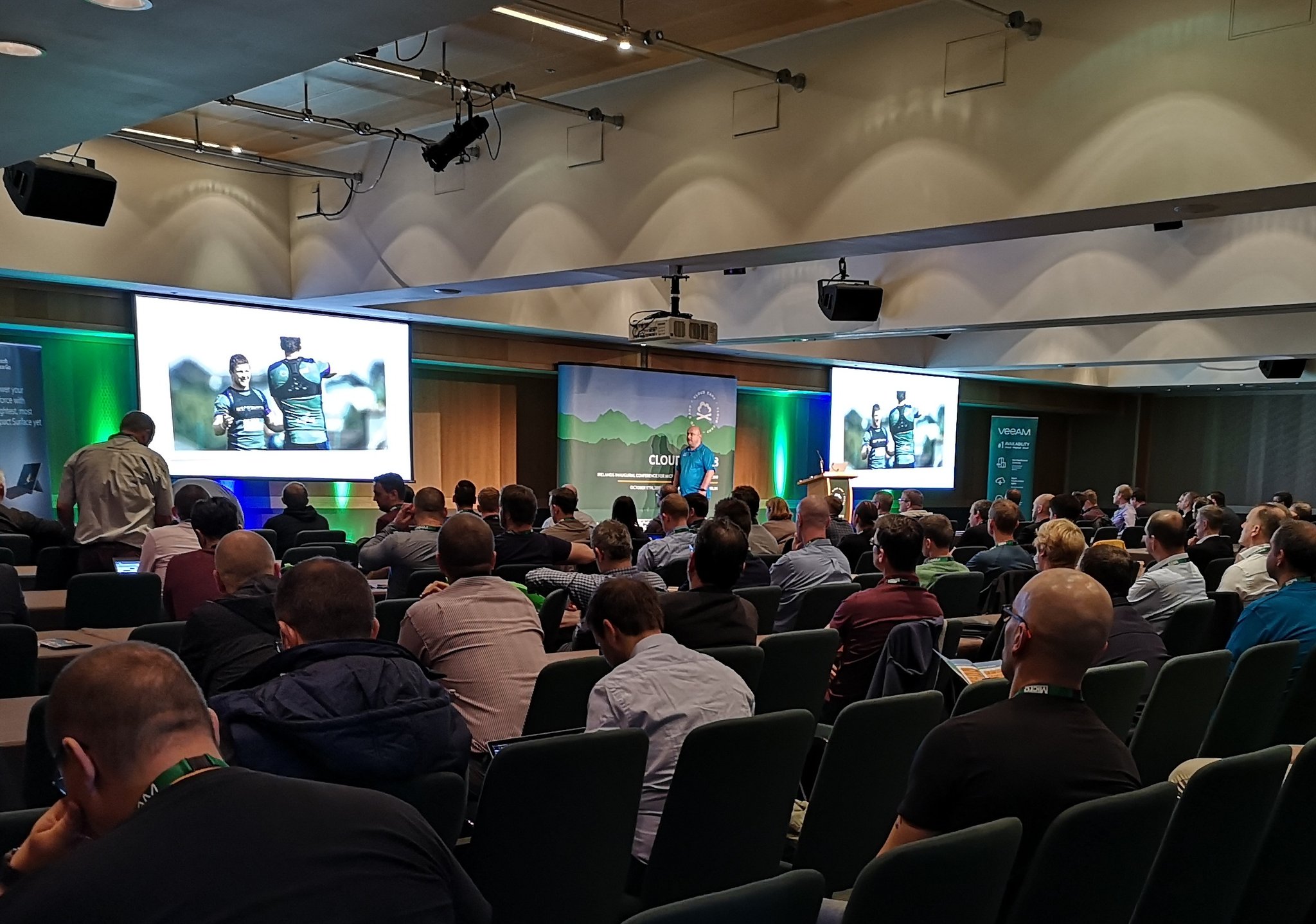
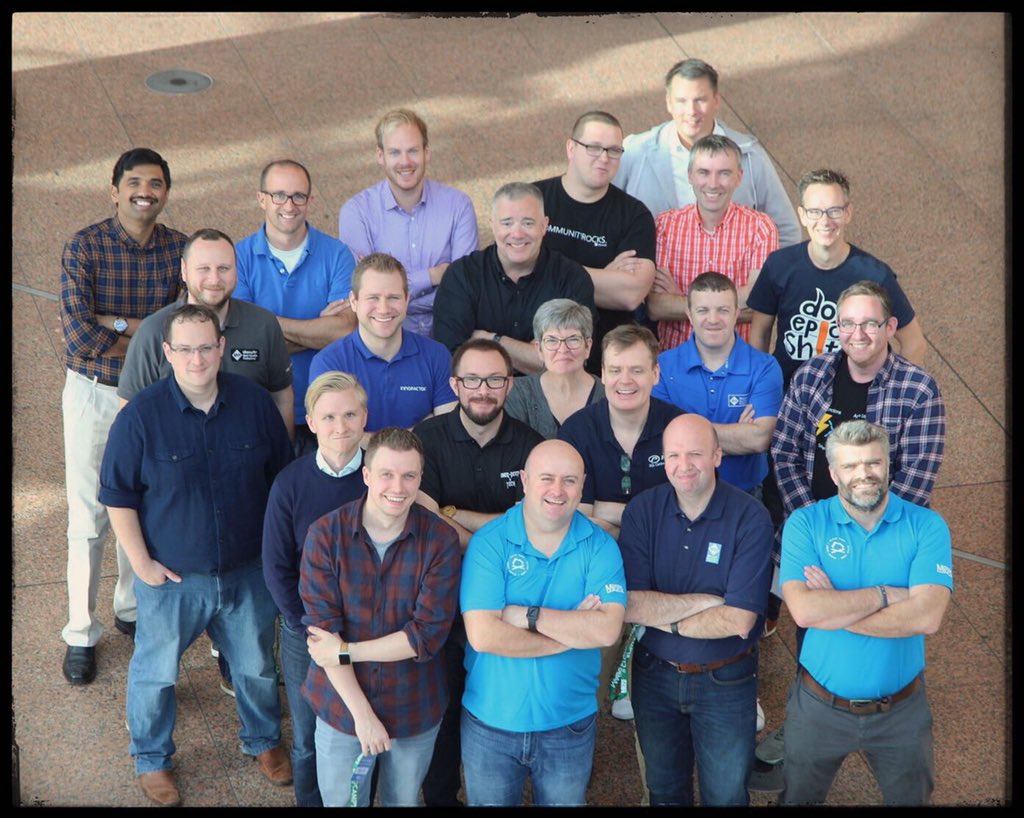
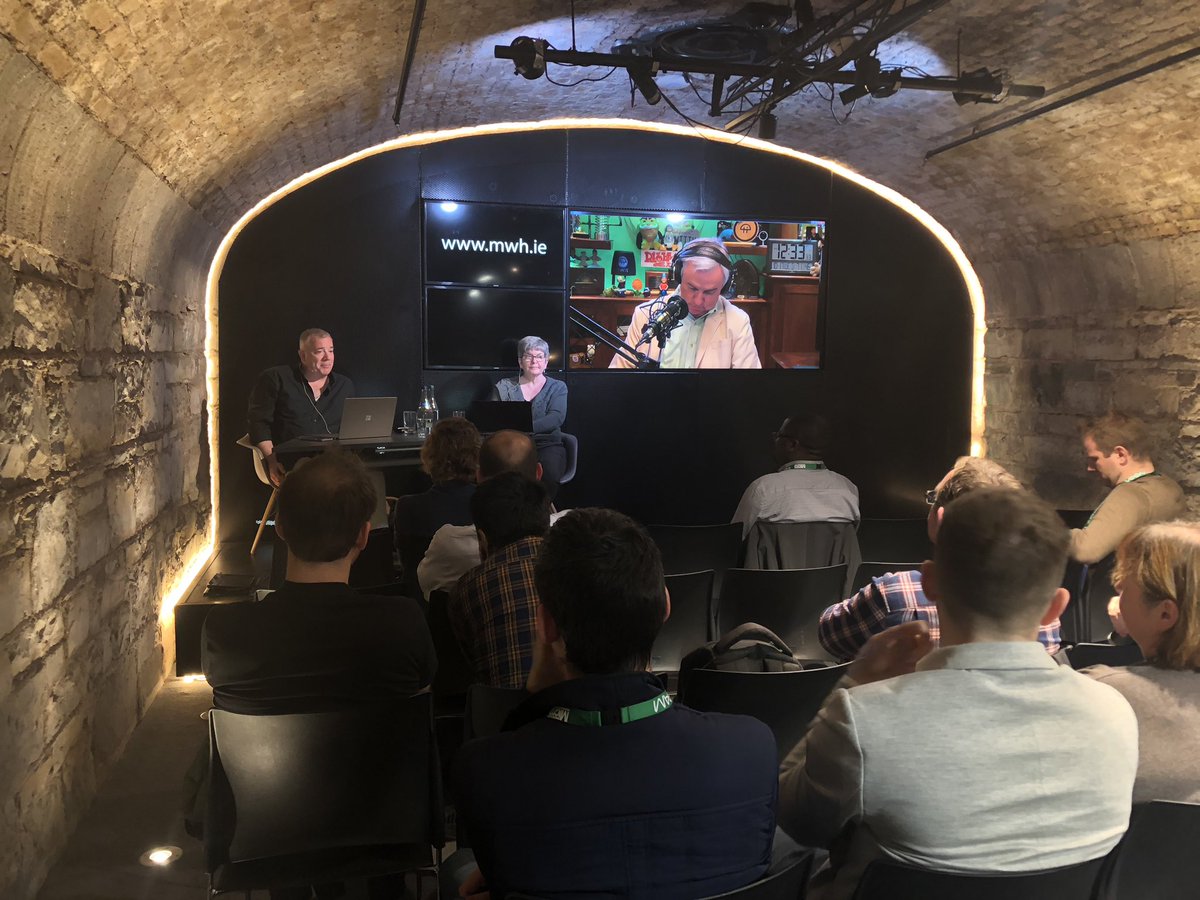
![]()
